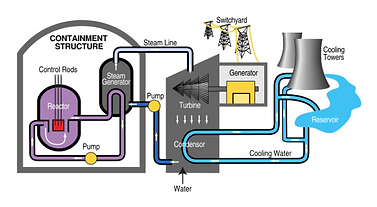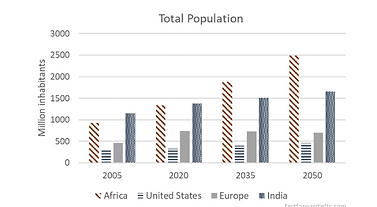In task 1 of the IELTS Academic Test, you will be asked to describe a chart, table, map, diagram or process. You need to write a minimum of 150 words and should use formal academic language as much as possible. For more information on this task go to Writing Task 1 (Academic Test), and for model answers to the tasks, with useful language, click on the links below.
WRITING
Academic Test Writing Task 1 Questions
Academic Writing Task 1 Questions:
Read the task rubric (information) carefully
The task rubric gives you a lot of information about what the chart shows. Pay attention to key words in the rubric so that you talk about the data in the right way. Check if the chart shows percentages or numbers. Also double check if the chart shows changes rather than totals.
Look at the chart labels carefully
The chart labels, including along the bottom and side of the chart, may give you important information about the data in the chart. For example, they may say which regions, or time periods the data covers, or whether the chart shows percentages or numbers.
Give an overview in your introduction
Don’t forget to give an overview of the main trends or features of the data in your introduction. You can begin your overview with, “Overall, the chart shows…”
Divide the data into logical paragraphs
After your introduction, you should aim to have two body paragraphs. Look for a logical way to separate the data into these two body paragraphs. You can usually divide the chart into two time periods, however you may also be able to group lines on the chart by their respective trends. For example, paragraph 1 (2001 - 2010) & paragraph 2 (2011 - 2020) or paragraph 1 (lines 1 and 4) & paragraph 2 (lines 2 and 3).
Percentages or numbers?
If the chart shows percentages you must talk about percentages or proportions, not numbers or amounts. Remember that a small percentage of a large group can actually be a bigger number than a large percentage of a small group.
Compare and contrast the data
Don�’t just describe the trend in one line, compare and contrast it with the trend in another line or lines. Look for differences and similarities between different lines on the chart, or between different time periods. Use adverbs and phrases such as while/ whereas/ however/ on the other hand. For example, “Between 2001 and 2007 the production of gold increased substantially, whereas from 2008 to 2012 it fell slightly”/ “The chart clearly shows an increase over time in the consumption of chicken, while the consumption of beef remains constant.”
Refer to specific data points
Don’t just say, “the number of unemployed people increased”. Say, “the number of unemployed people increased from around 5% to 10% between 2008 and 2010”.
Use the appropriate tenses
Past Perfect: Describe changes in the data which happened before a time in the past
Past simple: Describe data in the past
Present perfect: Only use if the data shown continues up to the present year
Future (Will): Describe predictions for future data
Future Perfect: Describe changes in the data which will have happened before a time in the future
Use the past perfect tense
You can use the past perfect tense + by + time to show that something had happened before a particular point in time. For example, “the percentage of obese adults had increased from 10% to 20% by 2010,”.
Use the future perfect
If the chart shows data for a future time + by + time, you can use the future perfect to show that a change will have happened by this time. For example, “the percentage of people living in cities will have reached 70% by 2040.
Practise your prepositions
Prepositions are always difficult but fortunately you don’t need to know many to describe charts. The key prepositions you need are for time periods (e.g. from 2001 to 2005)/ between 2001 and 2005), for noun + noun (an increase in something), for amounts (consumption increased by 20%) or ranges (e.g. consumption increased from 20 million litres to 25 million litres).
Change between nouns/ verbs and passive/ active voice
If the chart shows the consumption of different types of food, you don’t have to repeat “consumption” all the time. You can also use the verb “consume”. You may also switch between the passive and active voice, saying, “people consumed” or “fruit was consumed”.
Don’t give personal opinions or make personal predictions
You shouldn’t give your opinion about what is good or bad in the data. Only describe it. For example, if the chart shows a large increase in the consumption of fruit between 2001 and 2005, you should say, “between 2001 and 2005 there was a significant rise in the consumption of fruit”. You should not add, “This was great for people’s health as eating fruit is part of a healthy diet”.
All questions were created for fastforwardielts.com and are not real IELTS test questions. They aim to follow the same style as IELTS and can be used for practice when preparing for the test.
































